It sounds grim, but you only have to look at the photos to see that on many days of the year the Costa da Morte is a spectacularly beautiful coastline with some of the best beaches on the planet.
But, when Atlantic storms sweep in, it becomes easier to understand how this rocky shore got its name.
Frequent shipwrecks caused by treacherous rocks, with many hundreds of lives lost over the ages, led to the designation of Costa de la Muerte (in Spanish); and Costa da Morte in the Galician language.
The coastline lies in the province of A Coruña in the north-eastern corner of the country, comprising wave-battered capes such as Finisterre (land’s end for the Romans); Vilán; and the most westerly point in Spain, Cabo Touriñán.
Various figures exist about the number of shipwrecks, with the number 633 since 1345 being widely circulated.
But boats have been smashed on the low-lying rocks since people first took to the seas, with King Fernando II granting the Galician people the right to collect and use goods washed up from shipwrecks in 1168.
Lighthouses were constructed at strategic points all along the Costa da Morte to try to prevent these tragedies.
It is these beacons which have provided the name for a coastal route marked out by a small group of walkers, which has gained international fame.
The Camiño dos Faros (Lighthouse Way in Galician) was created in 2014 and has enjoyed a surge in popularity in recent years.
However, it is still possible to enjoy the route almost in solitude outside the busy summer season (July and August).
The fact that the path is blocked in a couple of sections by fast-growing gorse shows that it has not become a conveyor belt for walkers.
Although the footpath which runs from Malpica to Finisterre is deserving of GR status, this has not yet been awarded.
Despite this it is well signed with waymarks by the group of aficionados who envisaged the route.
Green dots and arrows guide the walker along a path which hugs the coast in most sections, with a few exceptions.
The eight-day hike is quite strenuous in places; those who have done sections of the south-west coast path in England will know that this type of walking can be exacting, with sharp ascents and descents.
It is possible to divide the Camiño dos Faros into shorter stages in some sections, if walkers want to spend more time on the beaches (for example) and take longer breaks for swims, bird watching, reading, or whatever they choose.
The organisers have a very good website outlining the route with distances, photos, descriptions, etc which can be found at www.caminodosfaros.com
The account which is printed here is my own experience on the footpath with a few small alterations thrown in, where hikers may want to do something slightly different.
It is an enormous pleasure to walk this wild shore, with its fishing villages and unbelievably beautiful beaches which appear with almost alarming regularity.
And it isn’t all about the walking; the Costa da Morte is a gastronomic delight.
The seafood is unrivalled; although you sometimes have to ask the restaurateurs if they have fish.
They often have some tucked away, even if it is not on the menu; maybe thinking that people only want their cherished octopus, squid, barnacles or shellfish.
Not forgetting the Albariño and Ribeiro wines which are wonderful accompaniments to the dishes that are served, as is the local brew, the Estrella Galicia (lager).
It should be noted that much of the signage is in Galician and not Spanish.
Some of the most-used words you will see are praia (playa; beach); porto (puerto; port); praza (plaza; square); and rúa (calle; street).
Another thing to take into account is that this is an Atlantic coast with large waves; the water is very inviting but be aware that there are currents and probably will not be lifeguards.
Even if you are a strong swimmer great care has to be taken.
Getting to the walk
It will take a long time for most people to get to the starting point of the hike.
As has been the case for centuries, it difficult to avoid Madrid on long journeys in Spain.
From the eastern seaboard, travellers can get regular high-speed trains from Alicante to the capital.
The private company Ouigo www.ouigo.com currently has the best offers; state rail operator Renfe has more choice but is often more expensive www.renfe.com
The second leg is from Madrid to A Coruña and that train journey is only possible via Renfe at the moment.
Currently both of these high-speed trains stop at Madrid Chamartín station which makes things easier (this may change when the Atocha station rebuild is finished).
You may have to factor in an overnight stay in A Coruña, with many options available via www.booking.com
To get to the starting point of Malpica, it is necessary to take two buses.
The bus station in A Coruña is next to the train station; the first bus is to Carballo and tickets can be bought at the bus station for this frequent service (duration 1hr 15mins).
The earliest bus from Carballo to Malpica is at 10.45am (check for any changes; duration 1hr 30mins). Tickets are purchased from the driver.
Malpica is an interesting fishing port with different restaurants to choose from, along with accommodation if you want to stay over. There is also a very good beach.

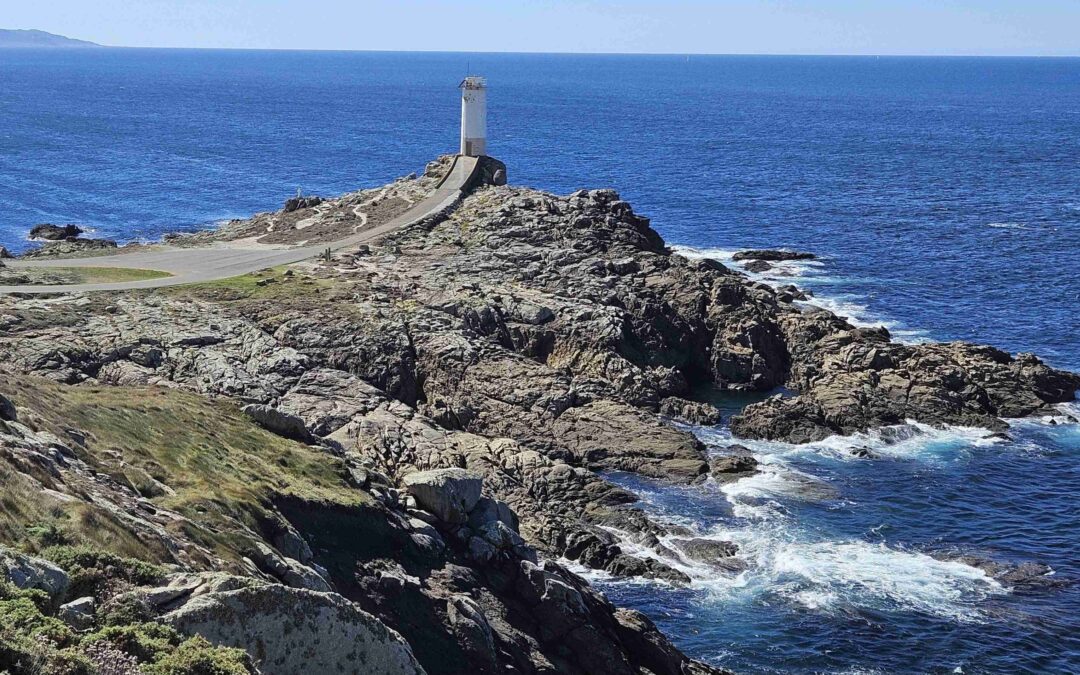
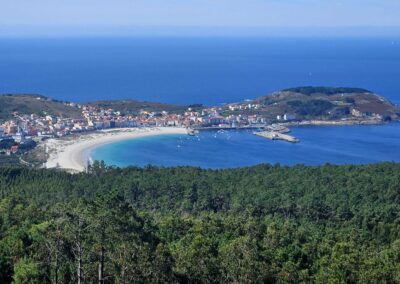
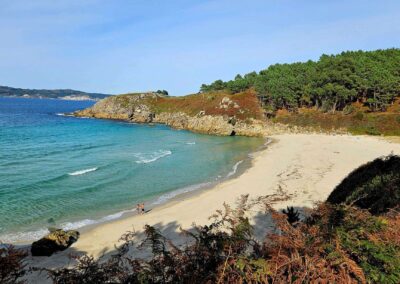
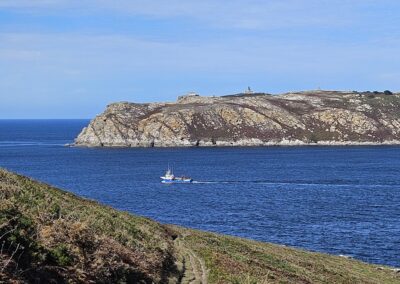
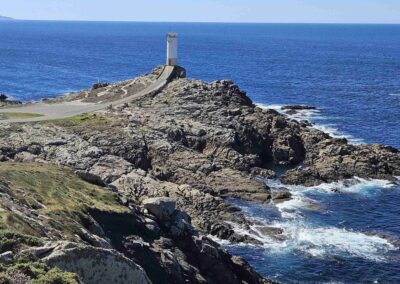
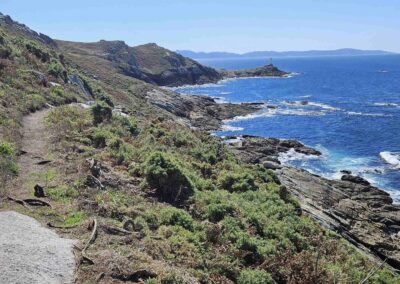
Recent Comments